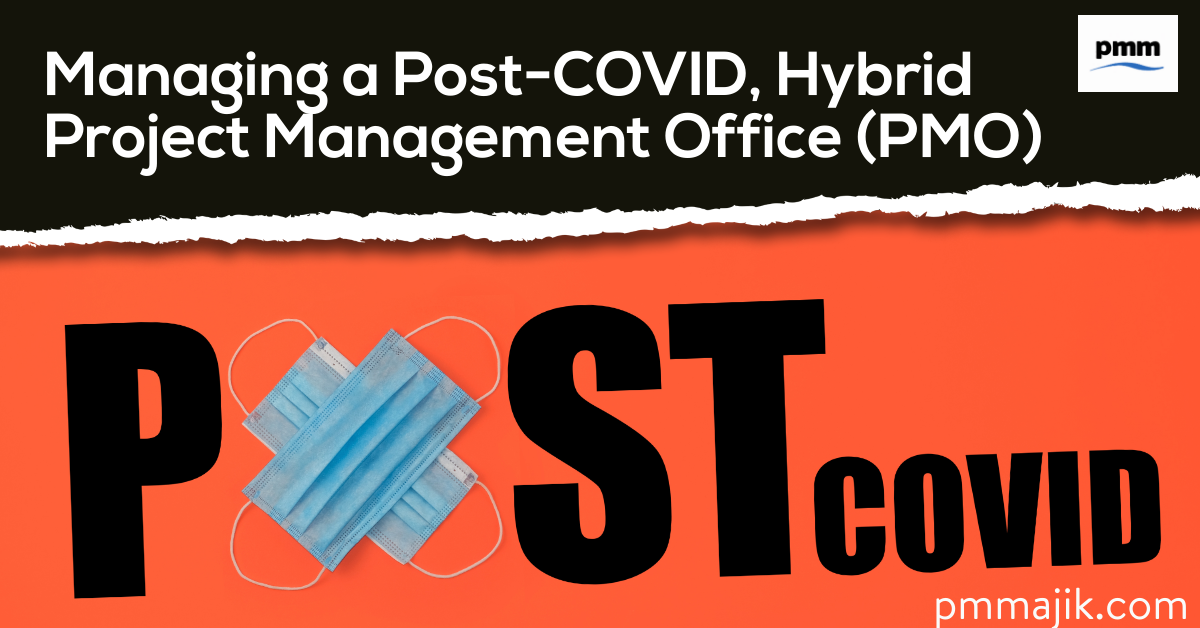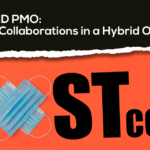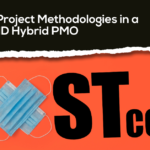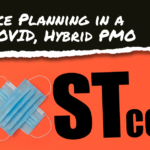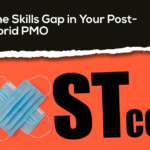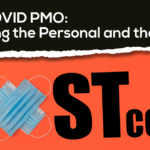As we move into Q2 2022, most of the world has lifted most – if not all – restrictions related to the pandemic. This means it’s back to the office for most, so how do you manage a post-COVID, hybrid project management office?
According to a survey by PwC, 44% of workers want to work three or more days from home, while nearly three-quarters of executives are planning on increasing investment in virtual collaboration tools. Remote work is here to stay, in some form, yet people do want office time as well.
This means that most workplaces are moving towards a remote/office-based hybrid, and your PMO needs to adapt to this paradigm. It’s no easy task, so we’re going to look at:
- Why you need to adapt to a hybrid working environment
- The challenges your office and projects will need to face
- How you can work with them to update your PMO
And we’ll get into much more detail about each challenge in the next series of posts.
Does my PMO need to adapt to hybrid working?
Yes, your PMO needs to move with the times and give both your management and your team at least some of what they want.
Every C-suite will have a different attitude towards remote working – we’ve seen how giants of industry have taken different stances, and this will be true no matter the business size. Hopefully, your company is preserving some element of working from home to keep your team happy.
We’ve already seen that employees don’t want to be in the office every day, and workers are prepared to quit their jobs to seek the work-life balance they want. If you want to recruit the best people for your PMO, you need to have flexible working available.
How can I manage the challenges of a hybrid PMO and projects?
Your PMO faces dual challenges when faced with hybrid working. First, you need to successfully transition your team over to a mix of remote and on-site working. Second, you need to adapt your work and assumptions about how projects work.
Here, we’re going to briefly look at the challenges and how to work with them, and we’ll get into much more details in coming articles.
1. Personal vs project needs
While your people want to work remotely, not all projects or project phases lend themselves to it. You need to work with people to understand their wants and needs in terms of remote work and assess each stage of the project to see if remote working is viable.
This may need to be added as a consideration when planning and assigning tasks going forward.
2. Collaboration needs
Spending may be going up on tools to support collaboration, but can they replace a “can I get your input on this real quick?” moment as an experienced colleague passes your desk? When your team is now in different places and possibly time zones sometimes, you need to find ways to keep ideas moving.
You’ll need to assess your communication tools by understanding what your team and project workers value in their interactions with colleagues.
3. Skills gaps
Remote work requires a different range of skills, and now you’re out of panic/survival mode after the pandemic, it’s time to focus on them. There will be people who struggle with:
- Communication methods and tools
- Processes for approvals and feedback
- Governance procedures for different environments
It’s up to your PMO to support these people with the right training and adapting processes.
4. Fluid project methodologies
Lots of projects just had to get done during the pandemic, and some processes may have had to be abandoned, such as shorter planning stages or less focus on governance and reporting.
Now is the time for your PMO to get a handle on what changed, what worked, and what hasn’t and adapt that to the new hybrid project management. If your PMO can’t support the new processes, it could become redundant.
5. Full resource availability
So much changed during the pandemic; you may no longer have contractors available, freelancers on hand, or relationships to pull on. Some of your team may have left, and you’re struggling to recruit replacements.
You’ll need to look at what’s available and work out what’s possible to keep your PMO working and being successful.
6. Maintaining visibility
We’ve recently discussed how important it is that the business is aware of your PMO. When you and your team aren’t there to be seen in the office each day, it becomes even harder to stay relevant.
You can work on remote and online ways to keep your work, and your team noticed within the business.
A post-COVID PMO
It’s a big challenge to manage a post-COVID, hybrid PMO with some brand-new challenges and some morphed into something different but still recognisable.
